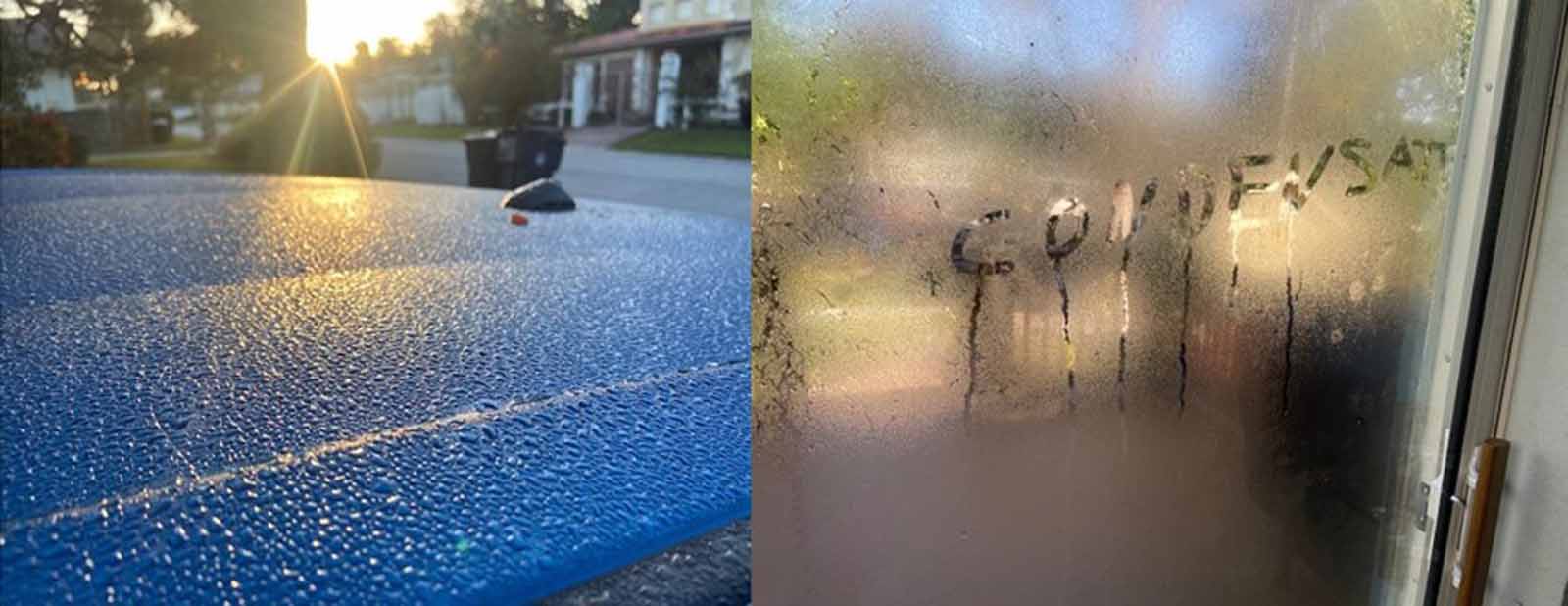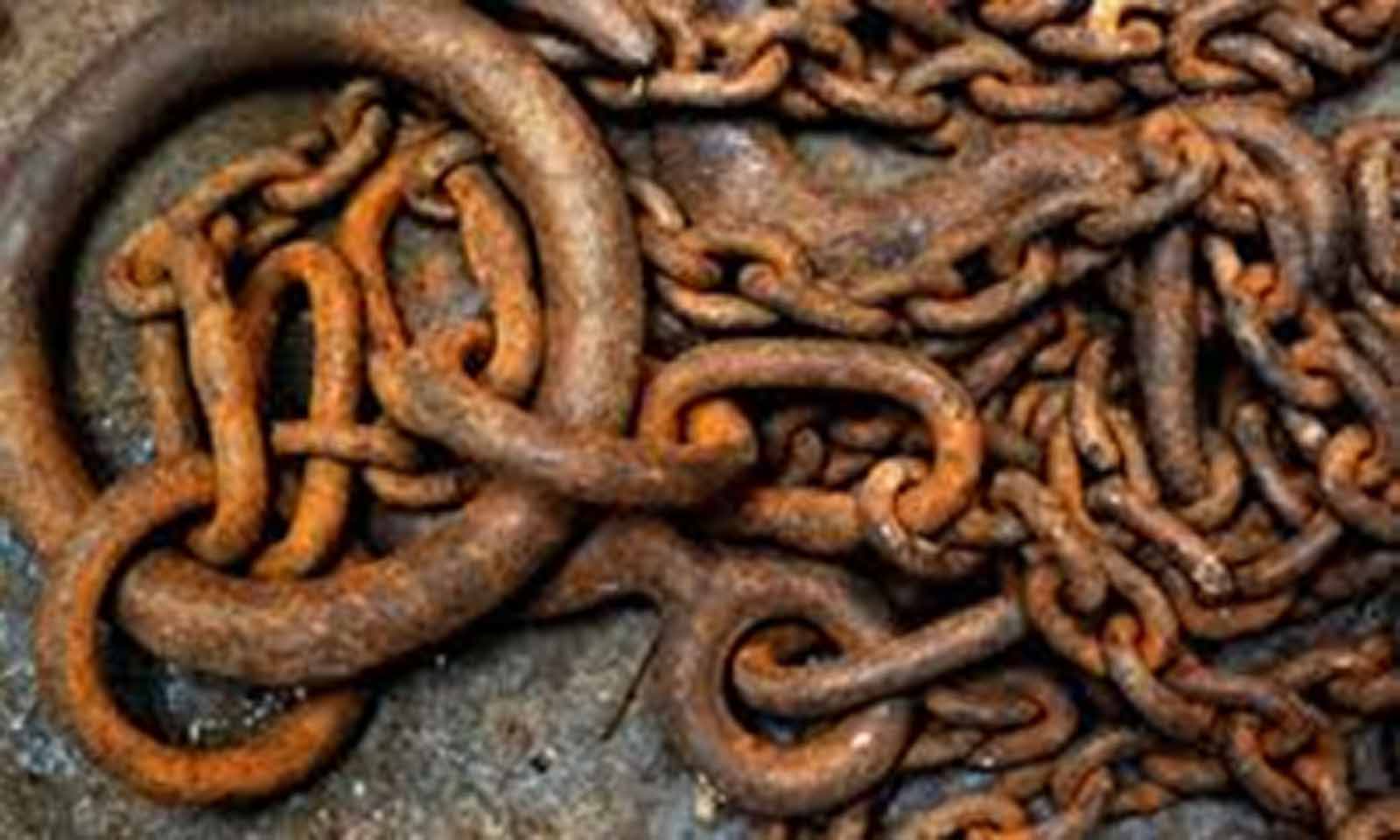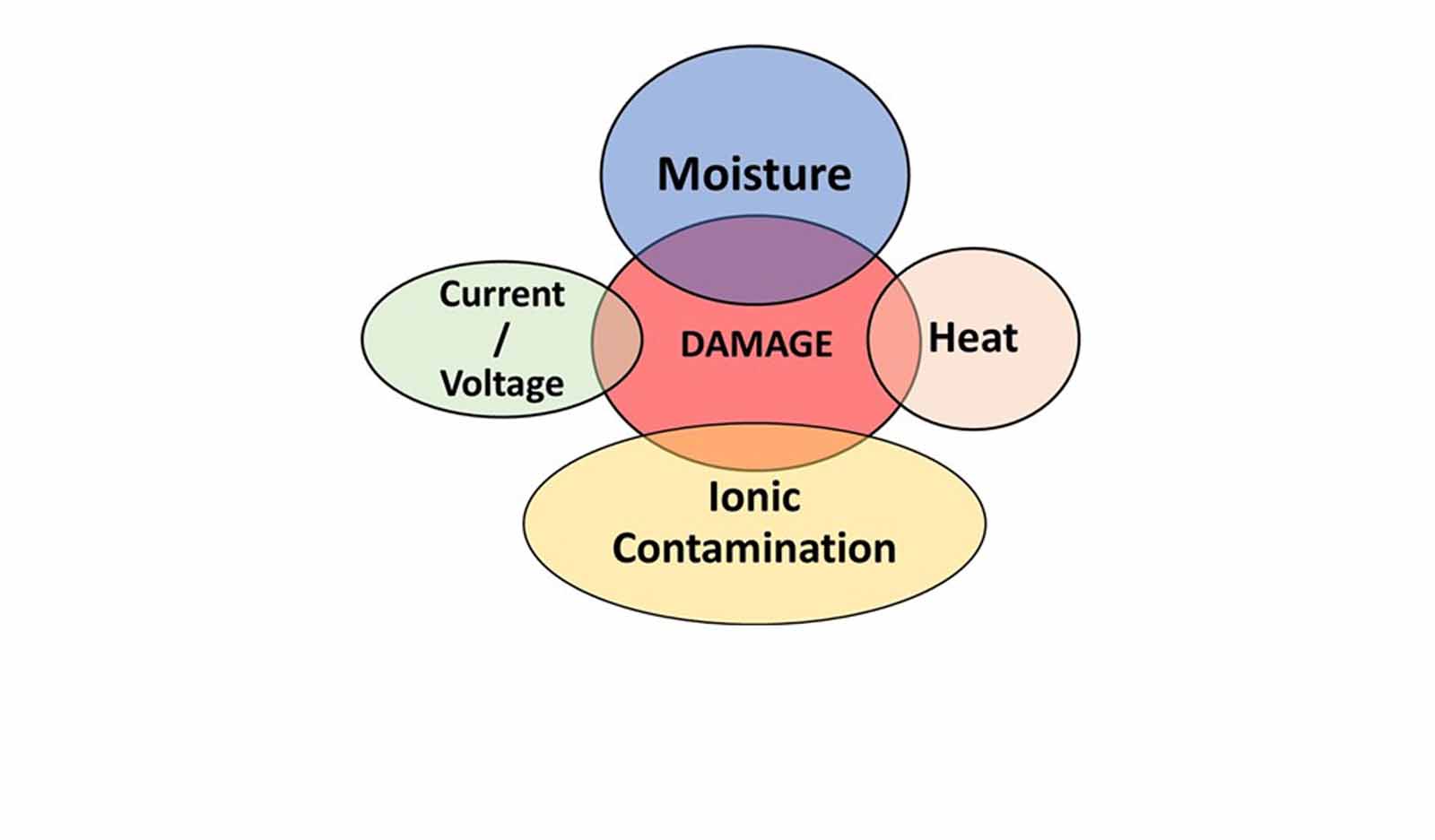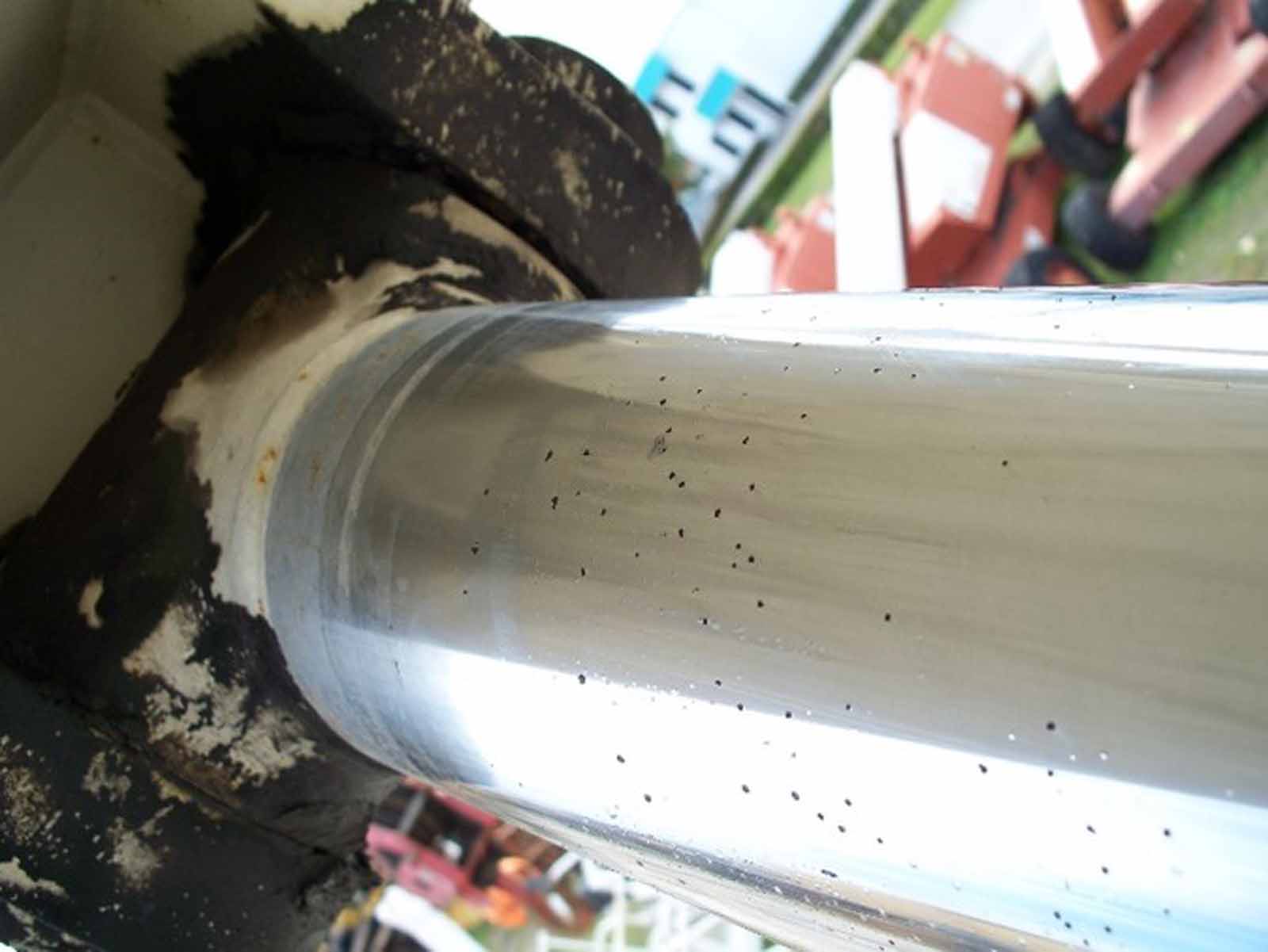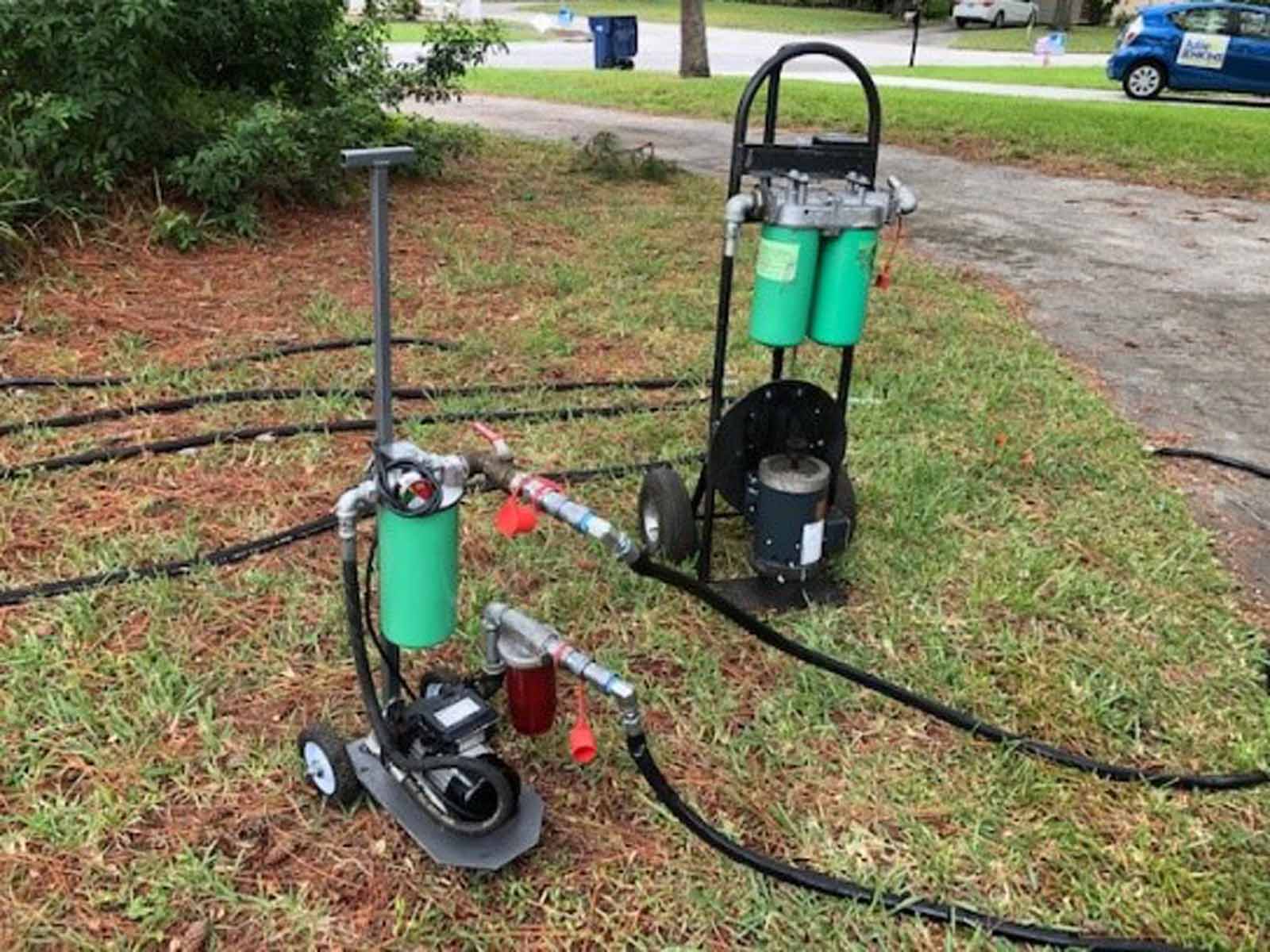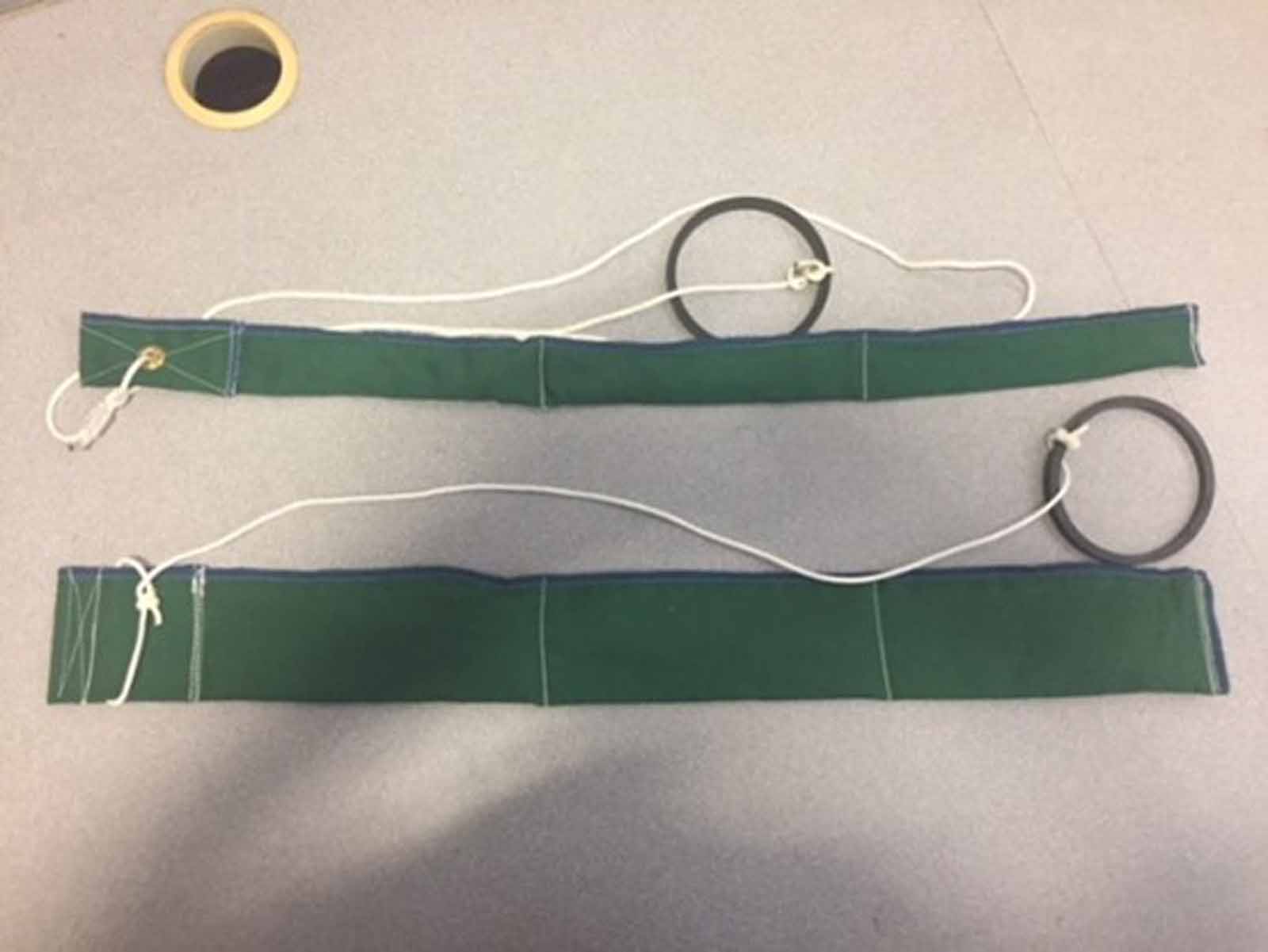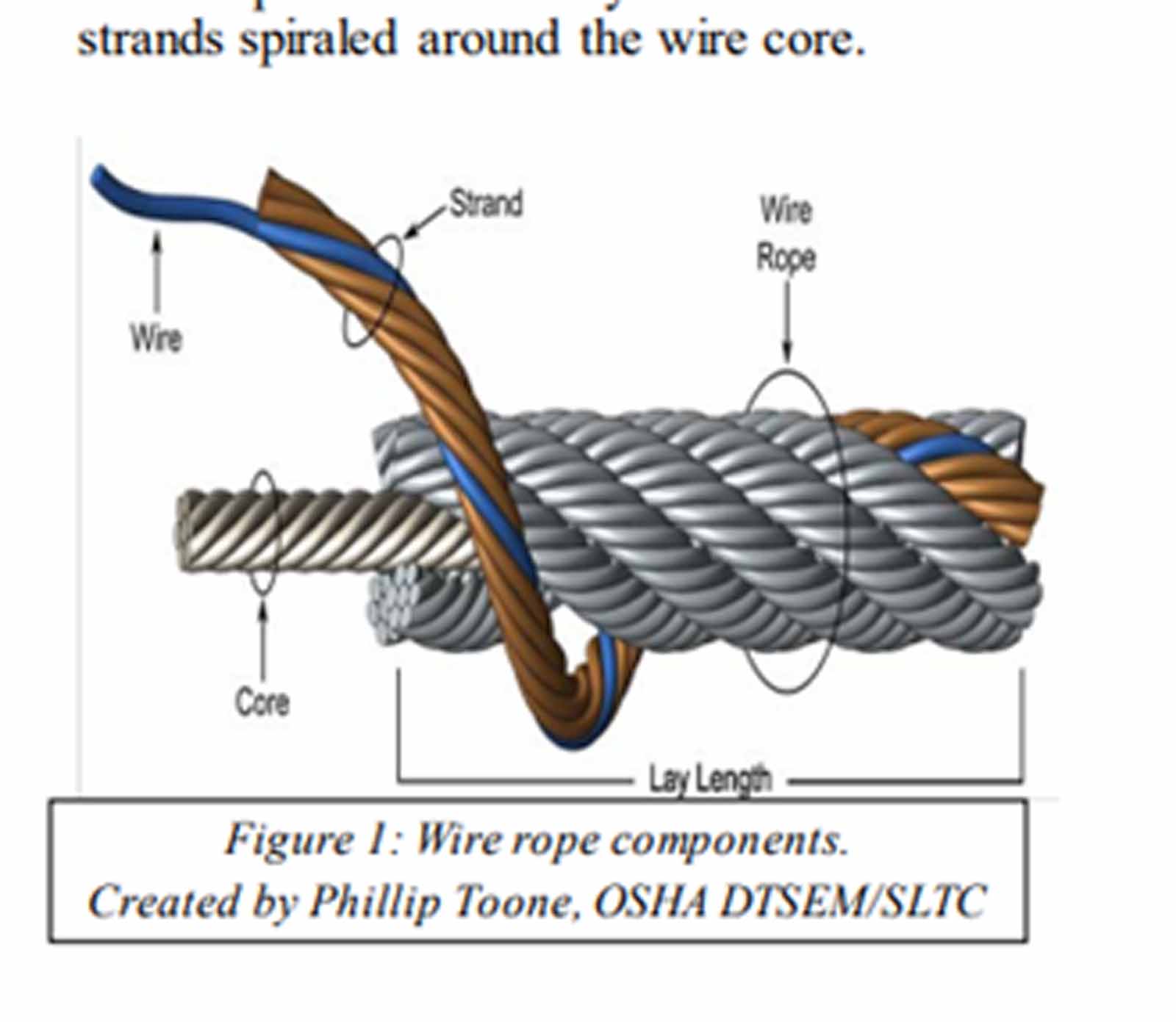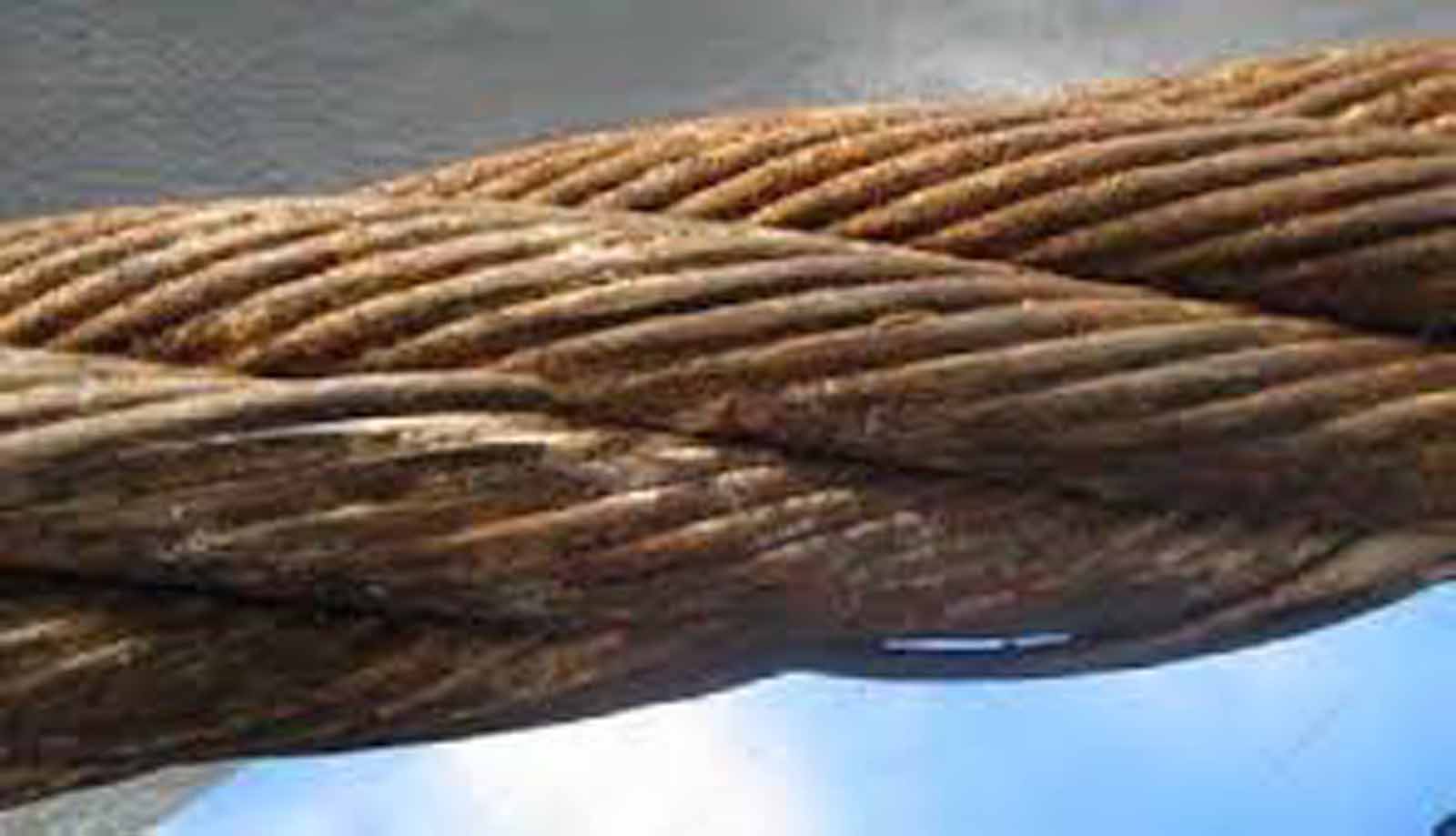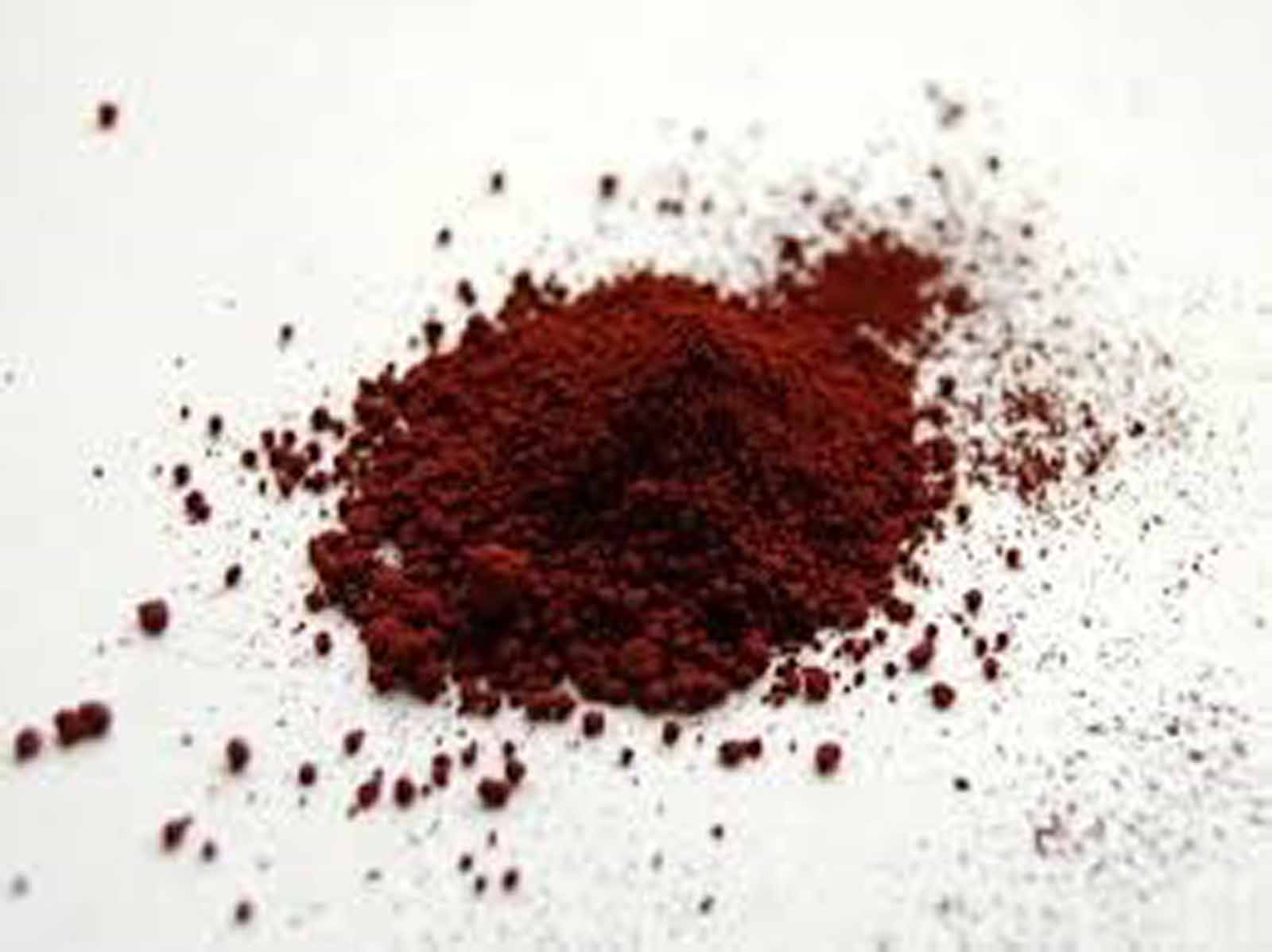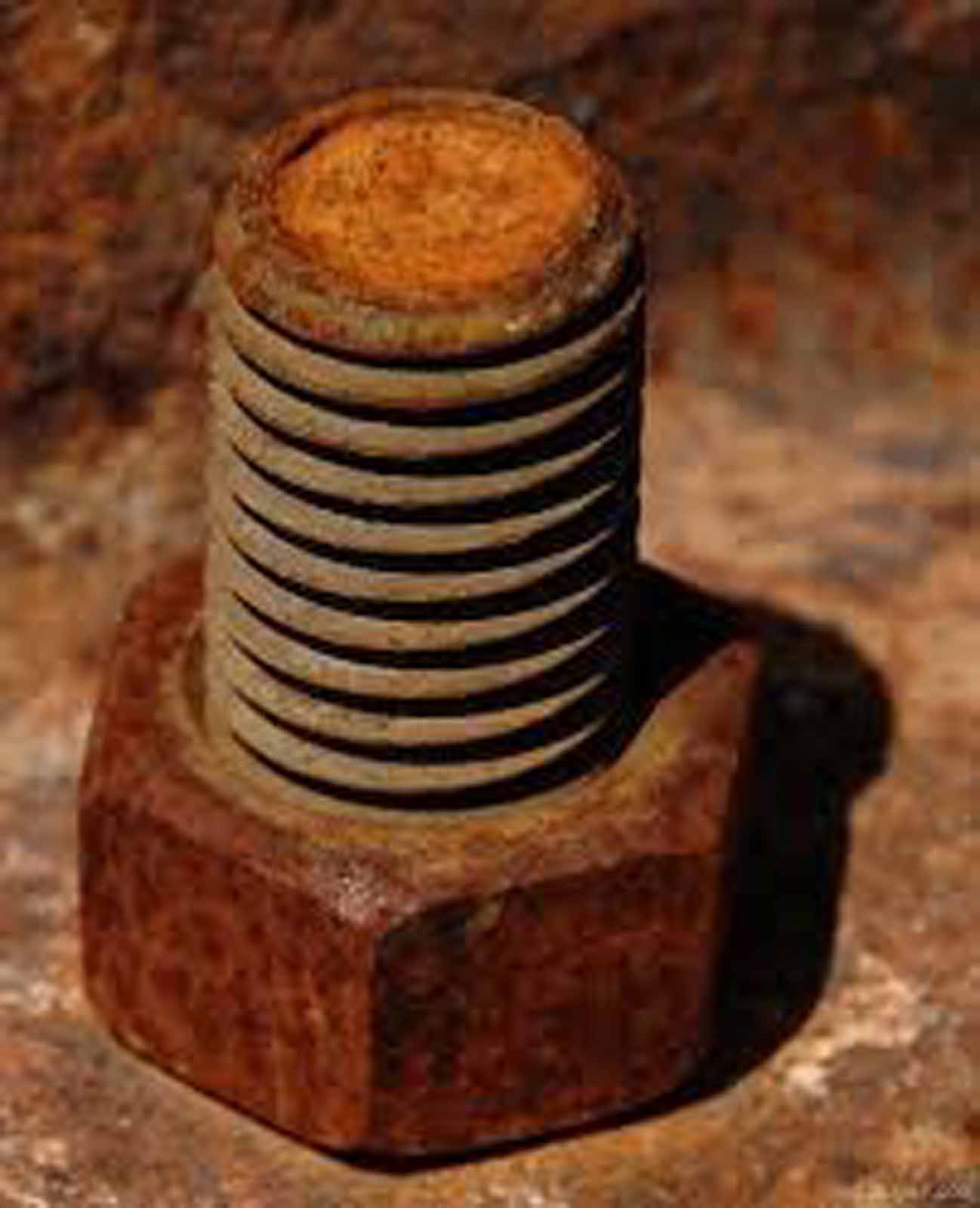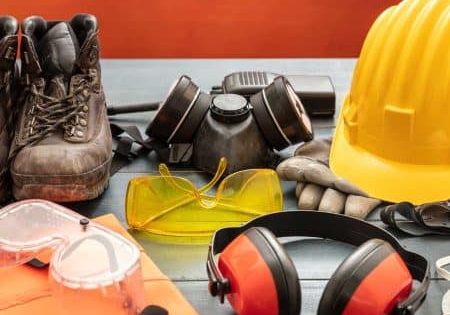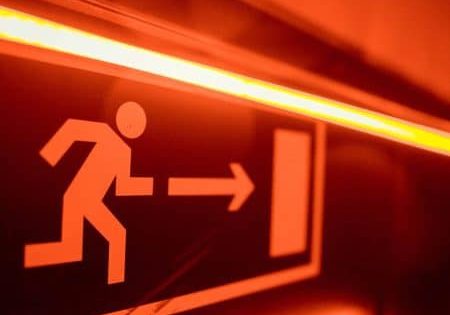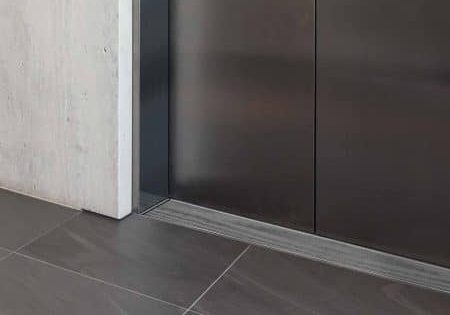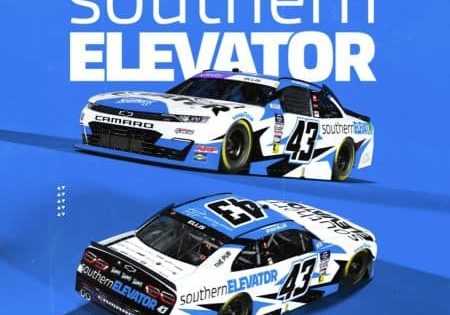Your author explores moisture’s role in elevator malfunctions and preventive measures.
by Dan Jenkins
Introduction
The majority of us have observed condensation/waterdrops forming on surfaces — a bathroom mirror after a hot shower or wet surfaces on the outside of your beverage glass on a warm day or dew on your lawn or car after a cool night.
For most people, a little condensation is not a big deal. However, for elevator owners and inspectors, it can be a very big deal, since excess moisture can lead to corrosion, and corrosion can lead to multiple structural, environmental, safety and maintenance problems. Let’s take a closer look at a few corrosion basics. While we know it when we see it, the consensus definition is the process by which metal is eaten away and changed by a chemical action, as in the oxidation of iron in the presence of water by an electrolytic process. This results in deterioration of the metal, ultimately weakening or destroying it.
Common Factors That Lead to Corrosion
Environmental Conditions: If your elevator is in a constant state of environmental control, mild temperatures and relative humidity of approximately 40-60%, the elevator will probably not be subjected to large amounts of moisture. However, not all elevators operate in these conditions. Examples of this include elevators located in hot, humid areas next to a beach, power plant, tire plant or fertilizer operation. These conditions tend to create more contamination and, when mixed with moisture and thermal cycling, the corrosion process accelerates.
Five Major Areas Where Moisture Causes Maintenance, Safety and Operational Problems in Elevators
Now that we know some basics, let’s look at specific areas where corrosion occurs in the elevator world.
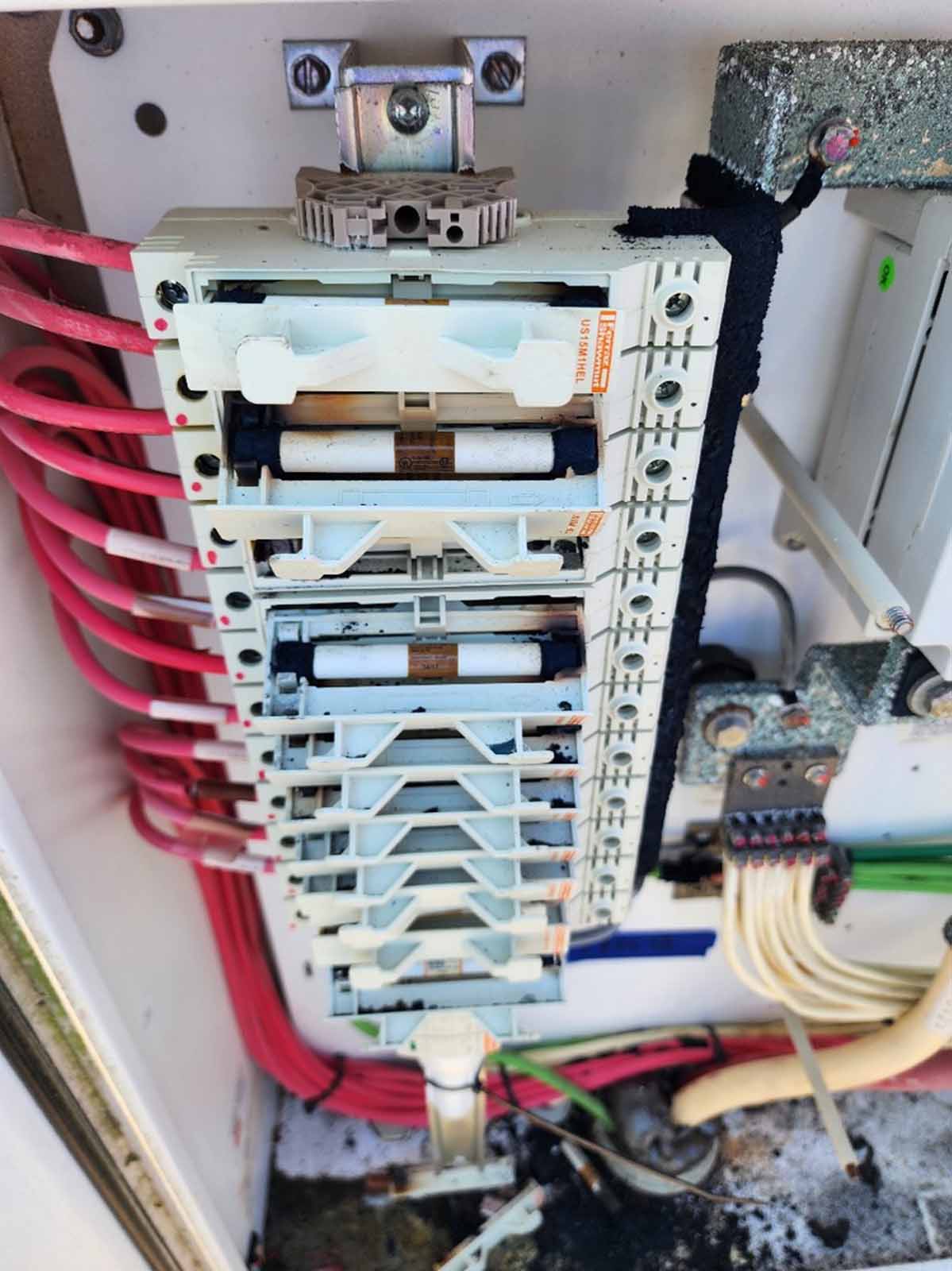
- Electrical Boxes: Whether it is an enclosed package sitting in a delivery truck, an aircraft cockpit or a fuel tank, when the outer temperature is higher than the inside temperature, condensation can form. Sometimes this happens very slowly. But, as time goes on, water droplets can begin to form and land on parts during thermal cycling. In an electrical junction box, the box is often neither vented nor opened for quite some time, causing moisture to accumulate. Then, when you have current running through the components, the box can heat up, thus increasing thermal cycling. If the moisture is not addressed, deposits form, corrosion begins and components weaken. Preventive measures include:
- Creating small holes for venting
- Using desiccant bags for water absorption
- Applying corrosion-preventive compounds and water-blocking grease to prevent moisture intrusion on conduit openings and gaps in the seal.
- Hydraulics: There is probably not one elevator technician, inspector or owner who likes to see leaking hydraulic oil in the pit; it can be really nasty. Therefore, steps should be taken to avoid such occurrences. Many leaks in hydraulic seals are due to corrosion developing inside the hydraulic reservoir. The presence of moisture in the reservoir can mix with the oil and create H2SO4 (also known as sulfuric acid) and other types of acid. This acid creates many problems that lead to leaks. Problems include:
- Pitting: This phenomenon occurs often when water accumulates, and sludge forms and sticks to the sides or bottom of metal tanks. Bugs in the sludge excrete an acid that begins to eat the metal.
- Leaking Cylinders: Once the corrosion process begins in the reservoir, rust chips and pitting can occur. This can result in seals becoming compromised and leaks developing, as well as premature wear on pumps and motors, which also contributes to leaks.
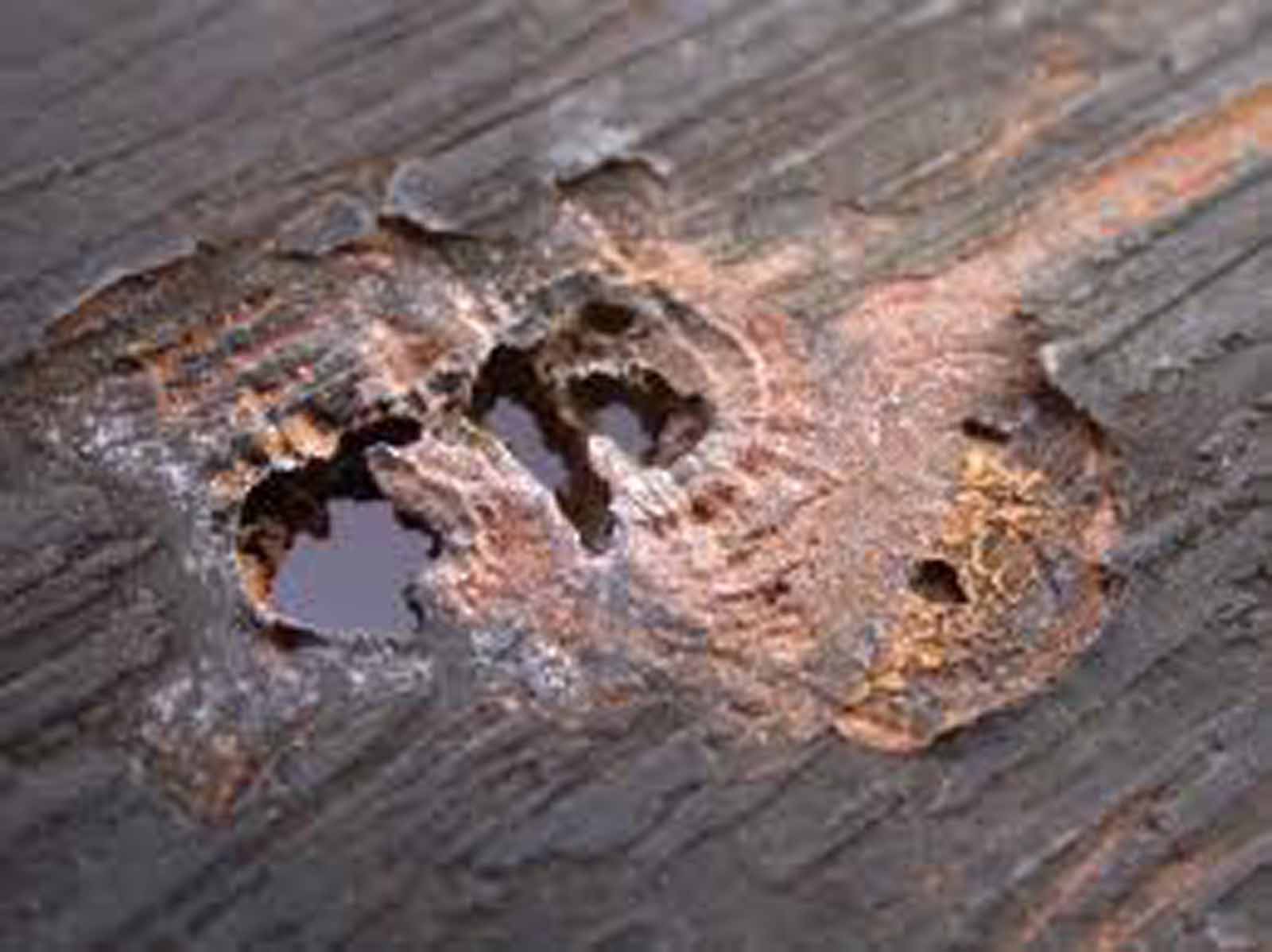
Preventive measures include removing water from the hydraulic oil reservoir with water-absorbing socks and incorporating water-absorbing filters mounted to a portable filter cart. Additional solutions in the toolbox include annual testing of hydraulic oil by a lab that looks at water content
- Wire Rope and Cables: The wire rope used to lift elevators and hold them in place is a critical piece of the passenger-safety puzzle. Therefore, it requires attention from inspectors. Wire rope is a complex mechanical component made up of many strands of wire that move, stretch and curve to support the load of the elevator cab. Within this complex system exist gaps where moisture and contamination can penetrate. If this combination is left unattended, corrosion can occur in the core of the rope and be hidden from view. Often, inspectors notice a little “rust dust” around the wire rope, which signals the inspector to look deeper. This is a common occurrence with cranes used on construction sites and offshore oil rigs. Once in a while, it also happens to elevators.
Preventive measures include proper lubrication and corrosion protection with lubrication machines and topical treatment by hand with corrosion-prevention compounds. More details can be found in OSHA regulations for both construction and general industry.
- Fasteners and Hardware: Often overlooked in inspections and installation, nuts and bolts play a big role in the safety of structural component connections, alarms and moving parts in general. Like wire rope, corrosion on fasteners and hardware can be formed on the inside — hidden from inspectors. If corrosion is not addressed, they can weaken and fail. Many engineers specify certain types of metal and corrosion protection, only to discover years later there is an alternate metal and corrosion treatment involving refurbishment and repair. This often leads to joining dissimilar metals, which can corrode much faster. This phenomenon can be accelerated when maintenance crews paint over bolts as a protection method only to learn they have trapped moisture and contaminates.
Preventive measures include implementing proper lubrication and corrosion protection during installation. And, if the threaded bolts are going to be under a lot of torque and pressure, one should make sure to use a proper anti-seize device. Finally, leave the cosmetic paint for cosmetic purposes — not to cover over metal hardware.
- Undercarriage/Structural Components: “Out of sight out of mind.” We have all heard it before. But, inspectors need to disregard this phrase. Elevators, like cranes and amusement park rides, depend on structural components having integrity and strength. One area that often gets overlooked is the base or undercarriage, and sometimes the top. Moisture and contamination can collect in both areas. Good examples of this are elevators on the beach or in hot, humid weather. Rain occurs, settles and puddles underneath the structure. Often, the ground is full of contamination, such as fertilizer and salt. As it warms up and dries out, the contamination combines with the rising water vapor/steam and goes directly into the structure, starting the corrosion and deterioration process and resulting in weakened components.
So, during inspection, extra effort needs to be made to ensure these areas are properly inspected. Some preventive measures can include using a corrosion-prevention compound instead of paint on metal surfaces and reducing areas in and around the structure that create puddles of water.
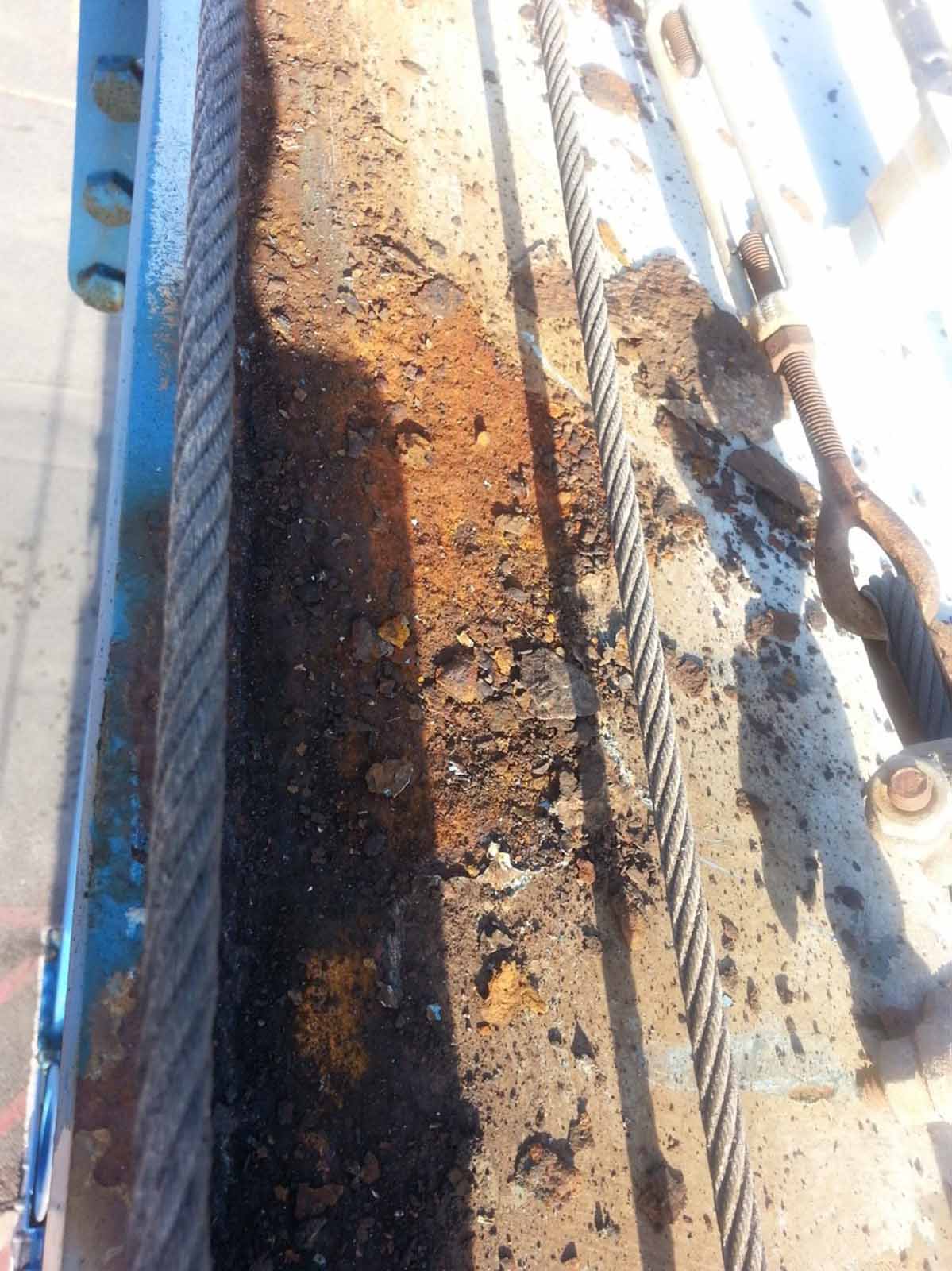
Conclusion
A little corrosion awareness and investment in preventive measures can go a long way toward protecting elevator equipment. In the long run, addressing potential problems in the early stages — or even before they occur — promises to lessen headaches, liability and costs down the road.
About Steel Camel
Founded by Dan Jenkins in 2013, Steel Camel acts as a distributor and manufacturer representative for an array of corrosion-control products that help solve some of the most complex maintenance and safety problems facing large organizations in the country. Products include anti-seize systems, corrosion inhibitors, desiccant bags, filters, water-blocking compounds and water-removing socks. Programs have been developed for the agriculture, trucking, marine and paint industries. The company has also developed solutions for electrical/computer rooms. Its name was inspired by the humble camel. Jenkins states:
“The camel, used by man for more than 2,000 years, is quite a piece of heavy-duty equipment. Not only did the camel plow fields and transport loads, but it also did so without the owners ever having pay for fuel! Additionally, these amazing ‘machines’ worked long hours in the mud, snow, heat and cold without ever needing a paint job or oil change … talk about a bargain!
“Today’s camels are not quite as simple. These machines are engineering marvels built with sophisticated blends of specialty iron and electronics. With amazing precision and speed, they help dig the largest holes, tear down the largest mountains, dam the largest rivers and build the largest structures. Unfortunately for business owners and fleet equipment maintenance managers, these machines will require more than a few hours of training and field grass. Today, due to the different types of metals, changes in protective coatings, regulations and pollution, these machines need to be protected from corrosion more so than ever.”
Get more of Elevator World. Sign up for our free e-newsletter.
